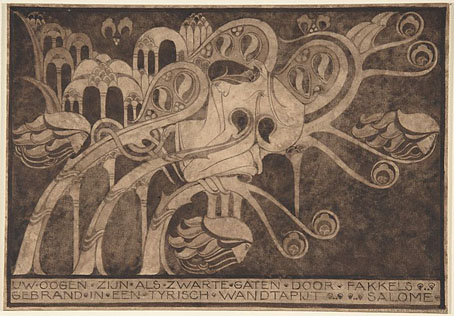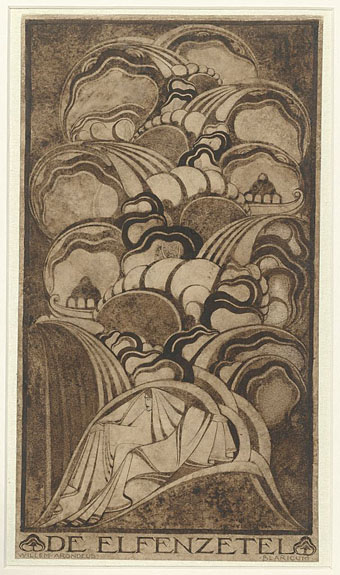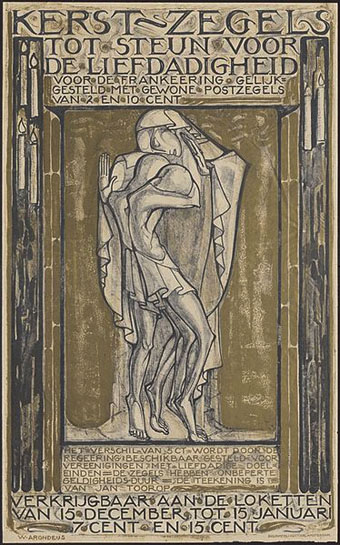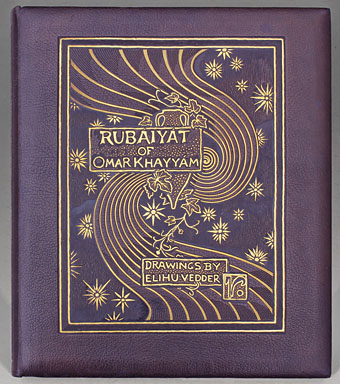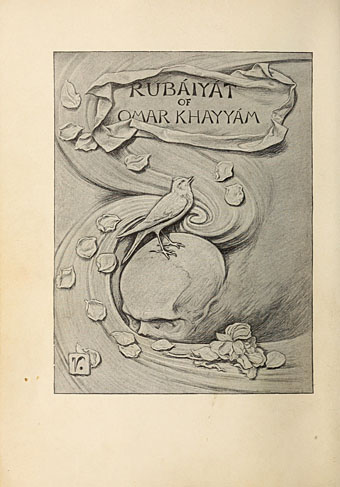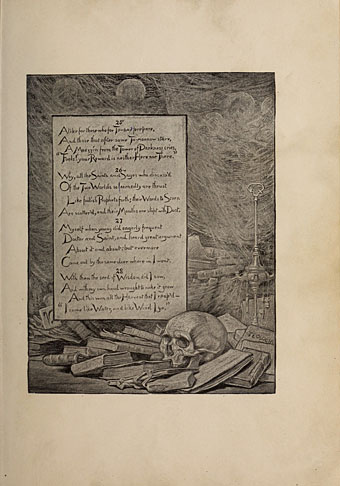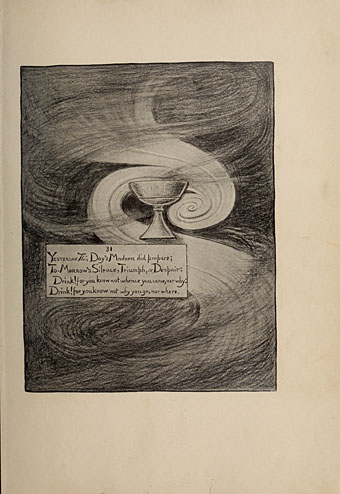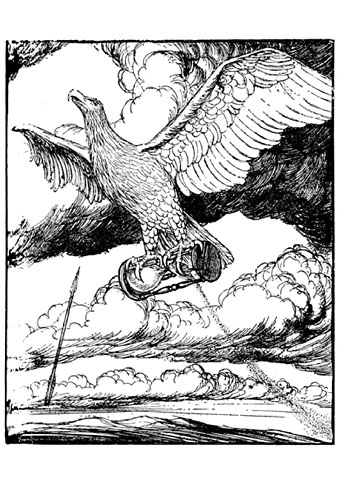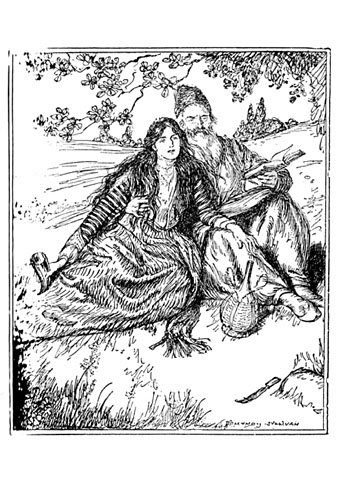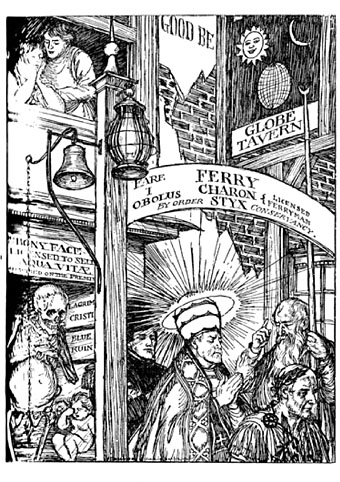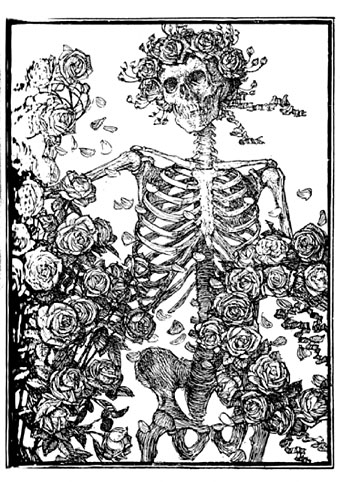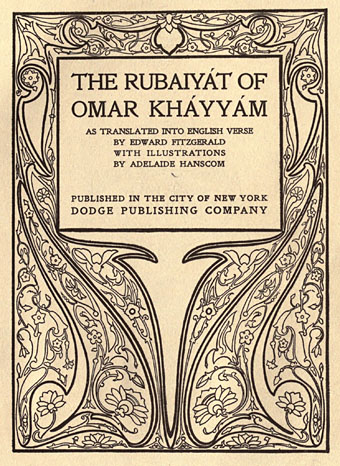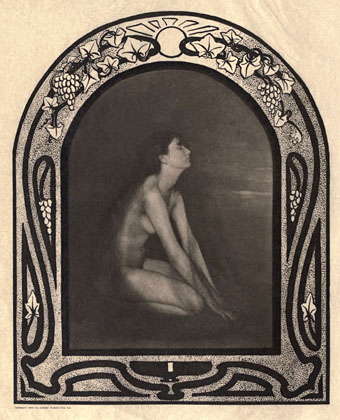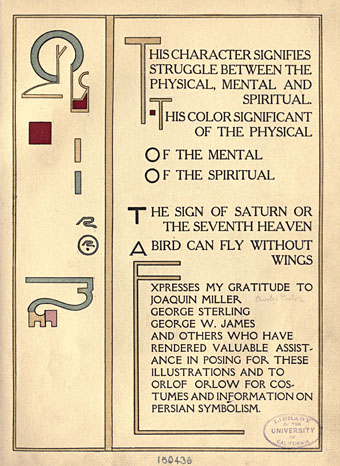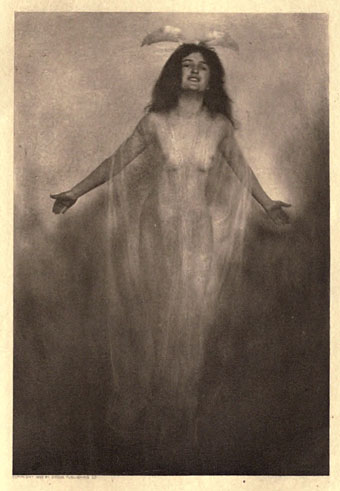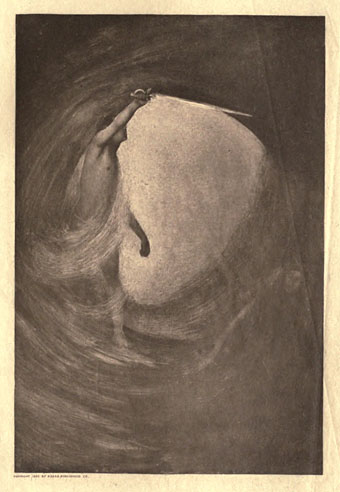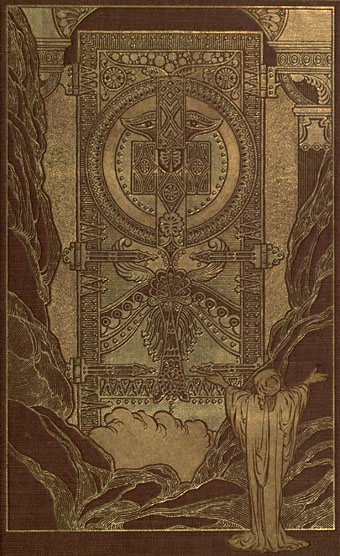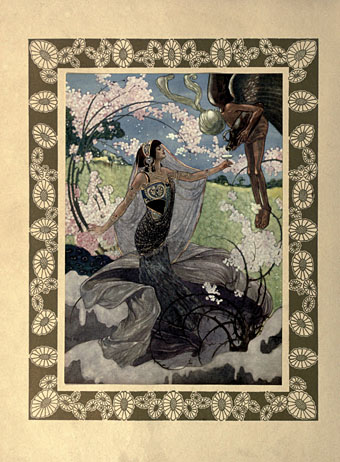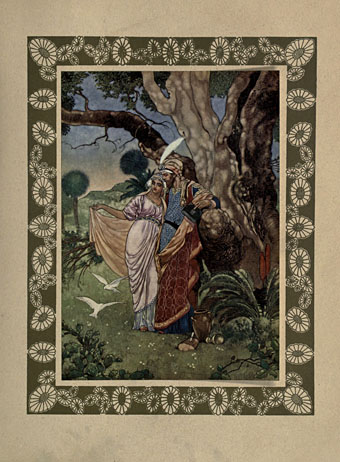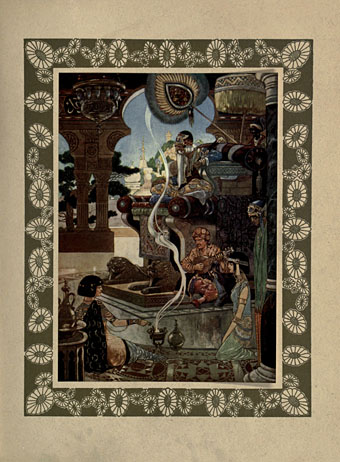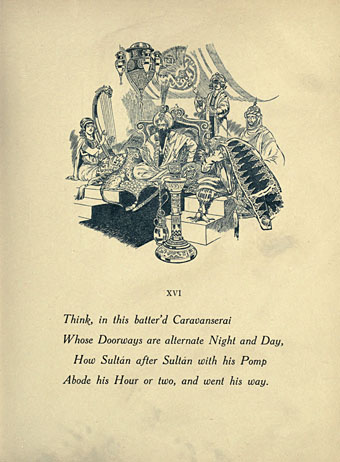Salomé (1916). “Your eyes are like black holes burned by torches in a Tyrian tapestry.”
This marvellous Salomé design is by a Dutch artist I hadn’t heard of before, Willem Arondeus, who might have had a longer career had his life not been cut short by a Nazi firing squad in 1943. Arondeus helped with the Dutch Resistance during the war, forging papers for fleeing Jews, and bombing the Amsterdam Public Records Office. His work warrants a place in the ever-popular gay artists archive not for any homoerotic qualities but because Arondeus was open about his homosexuality for his entire life, his last message to the world being “Let it be known that homosexuals are not cowards.” The work that can be seen online is in that hybrid style that you see a lot from the 1920s on, a blending of the prevalent Art Deco manner with some hangover from the Art Nouveau period. The Salomé piece is particularly good for the way it entangles Salomé’s figure in writhing foliage and clustered architecture.
De Elfenzetel (1919).
Stamp advert (1923).

